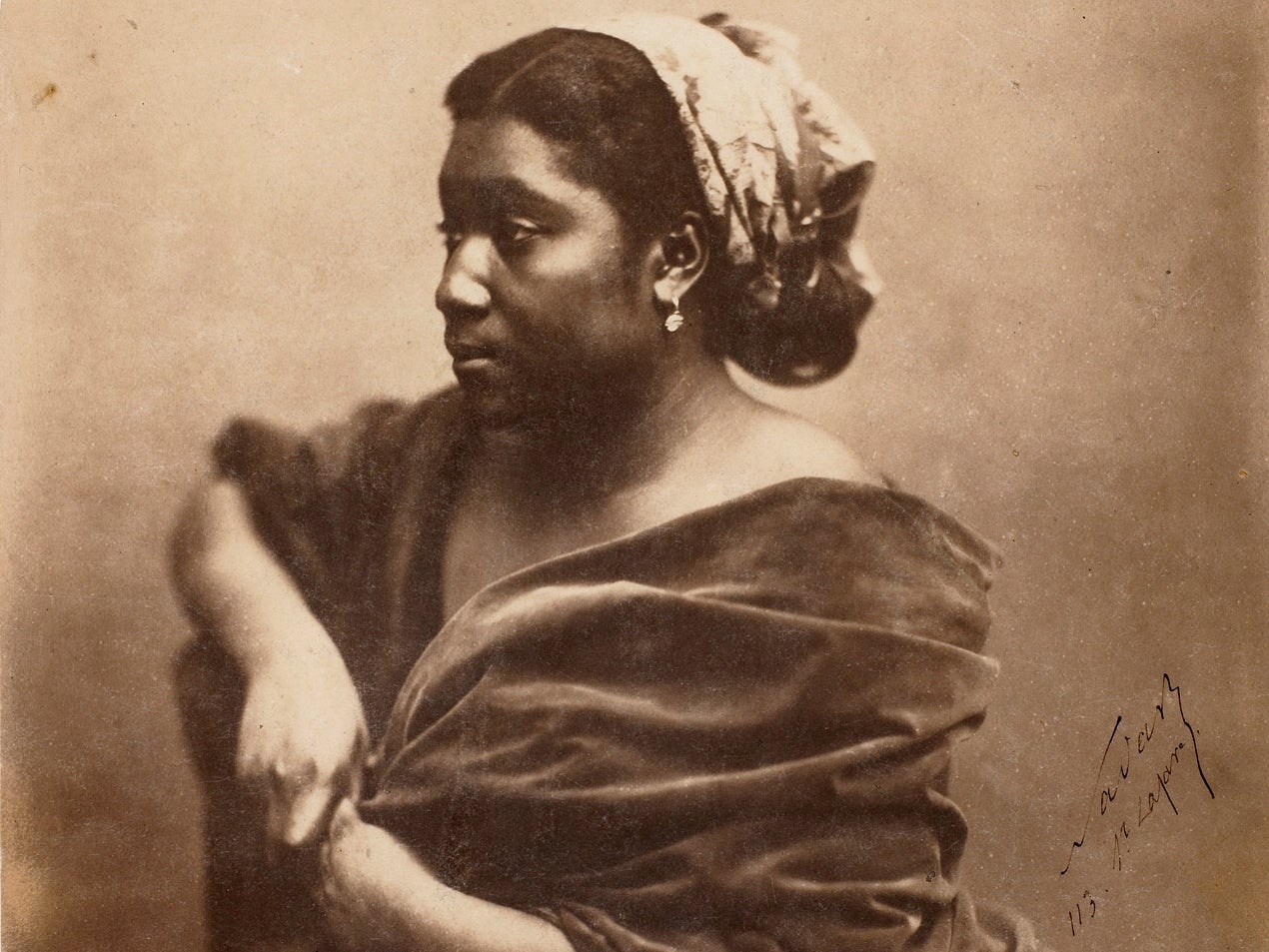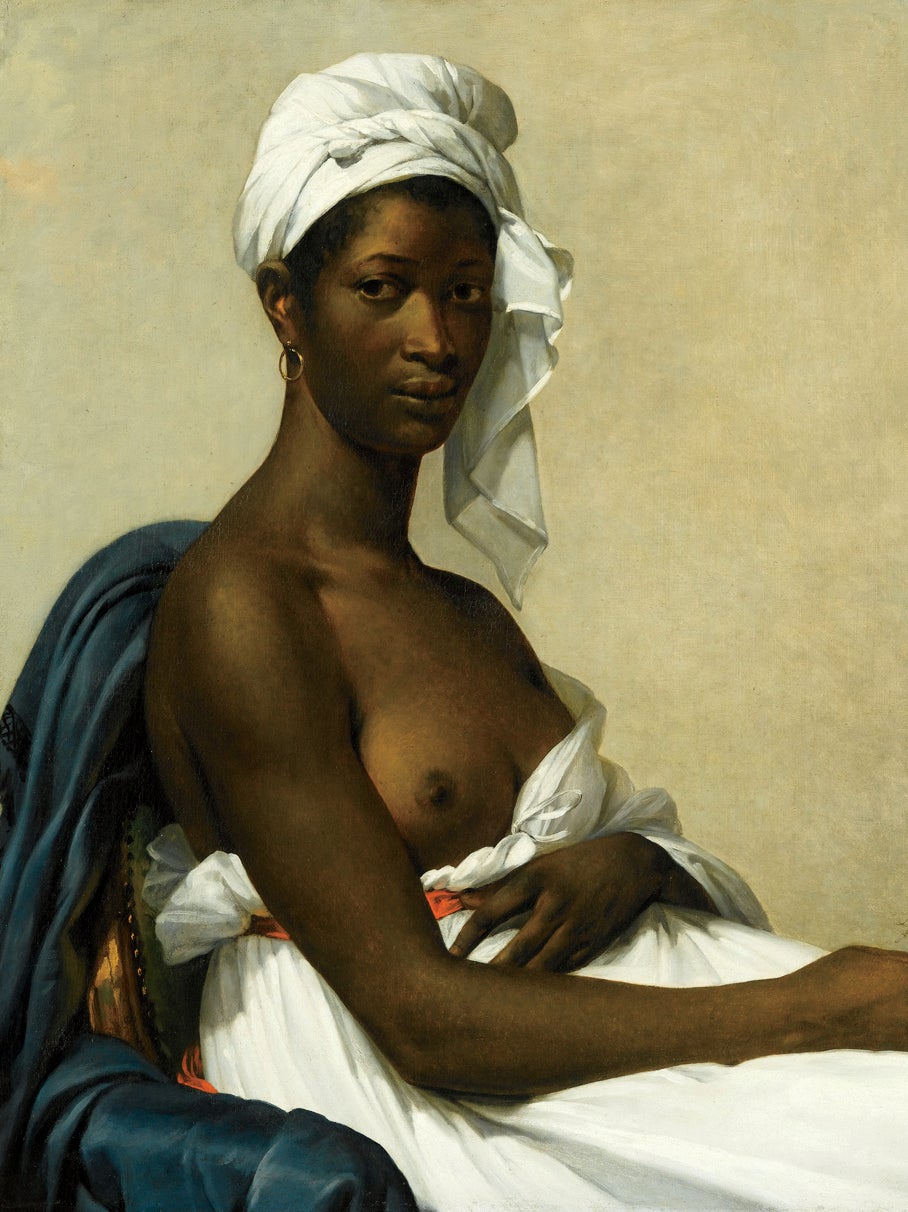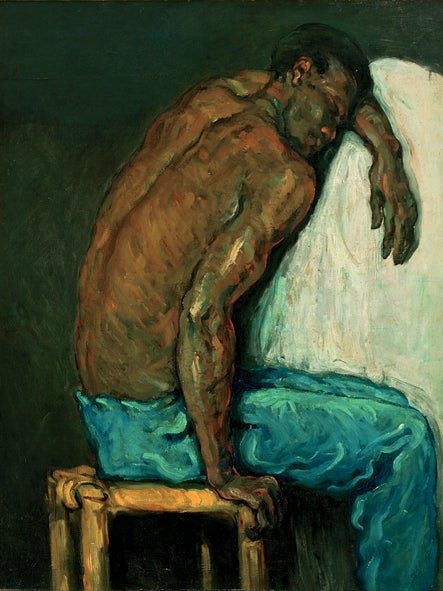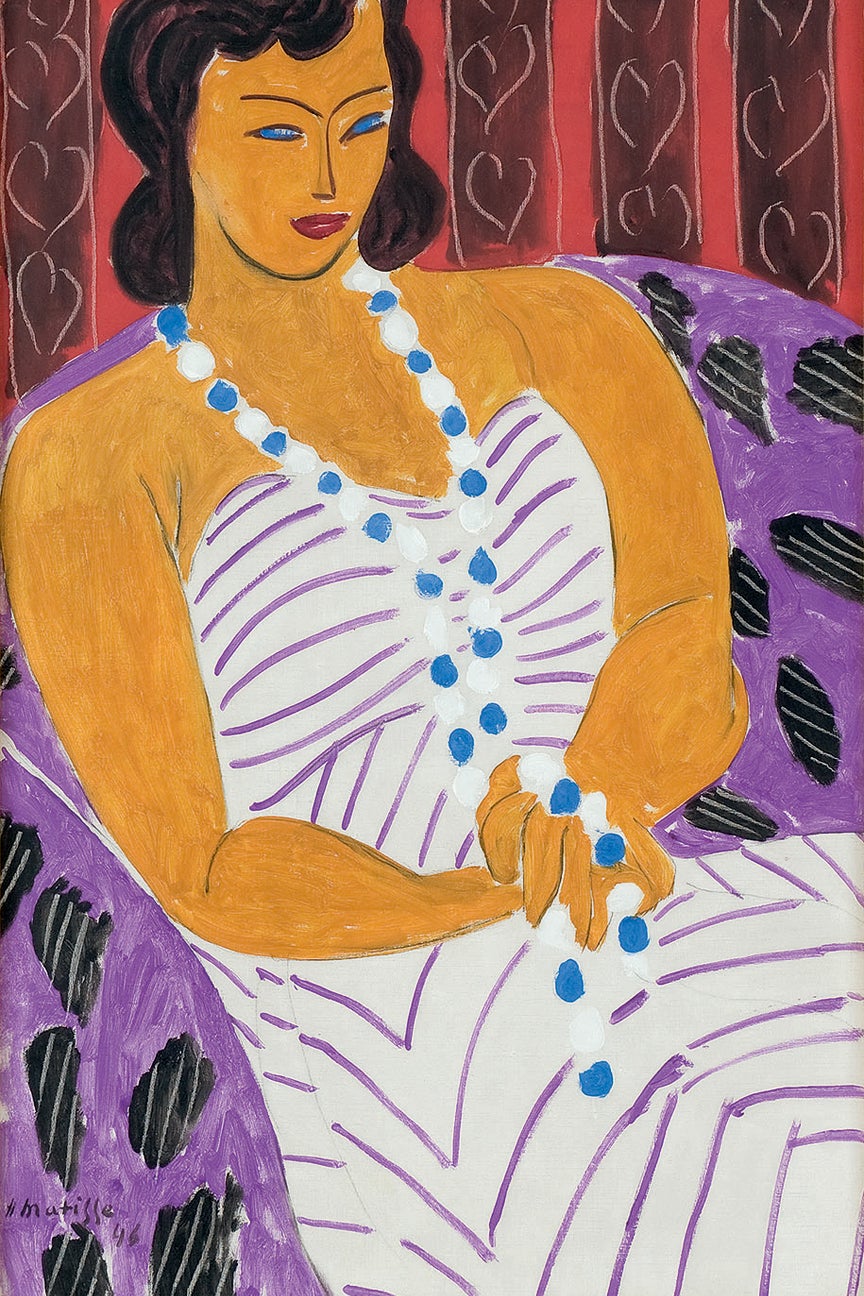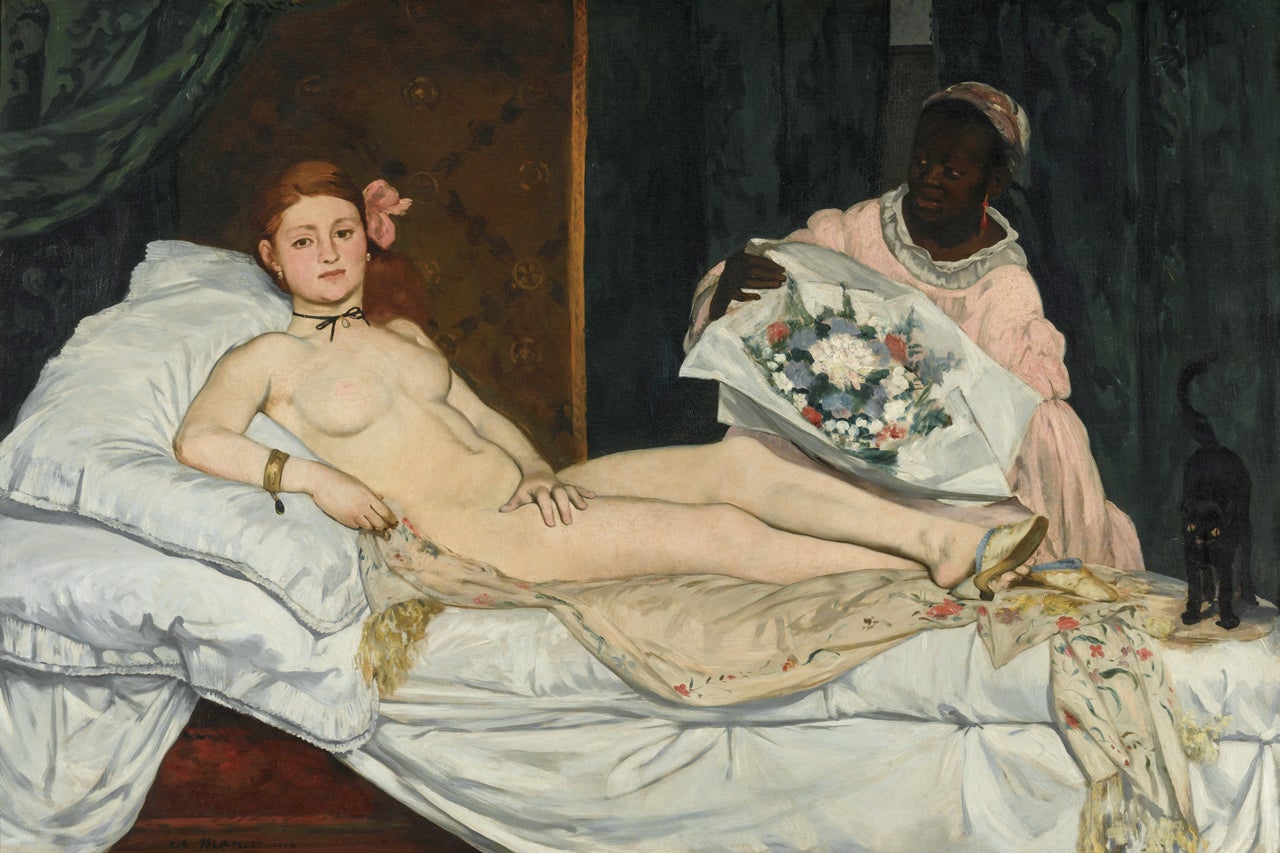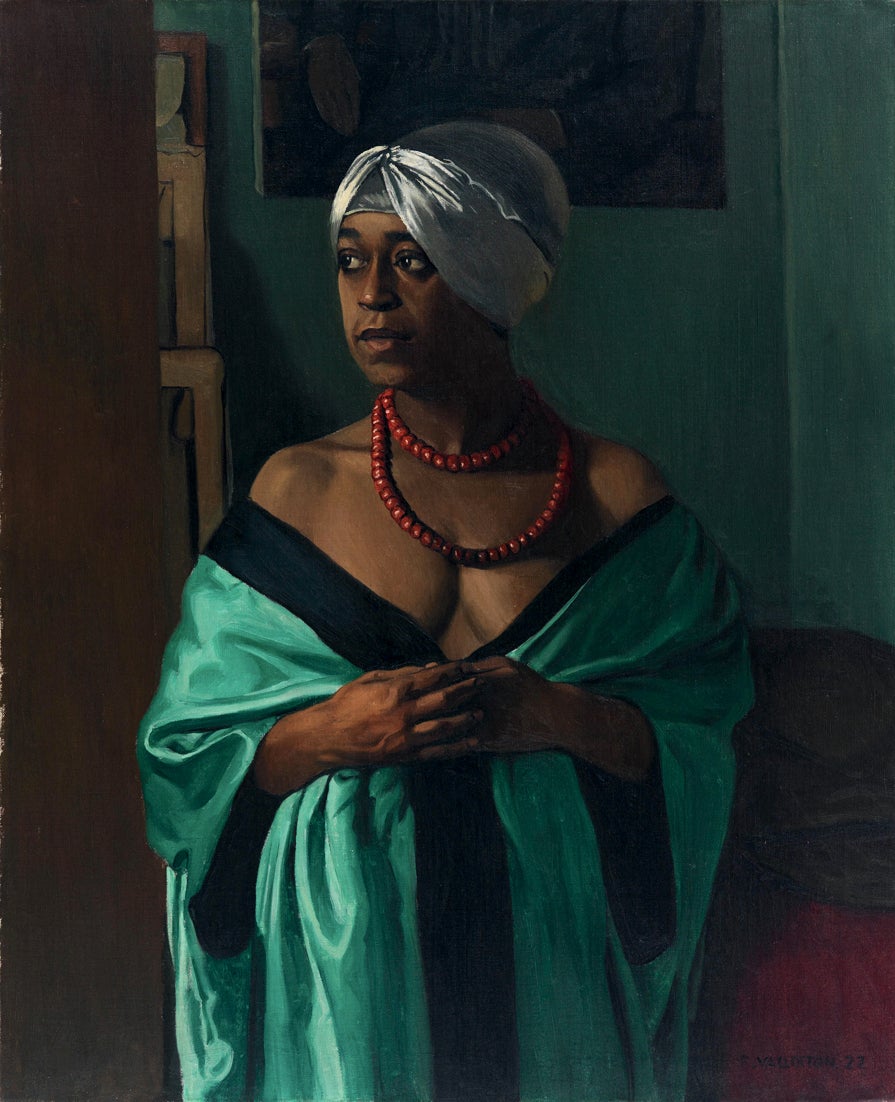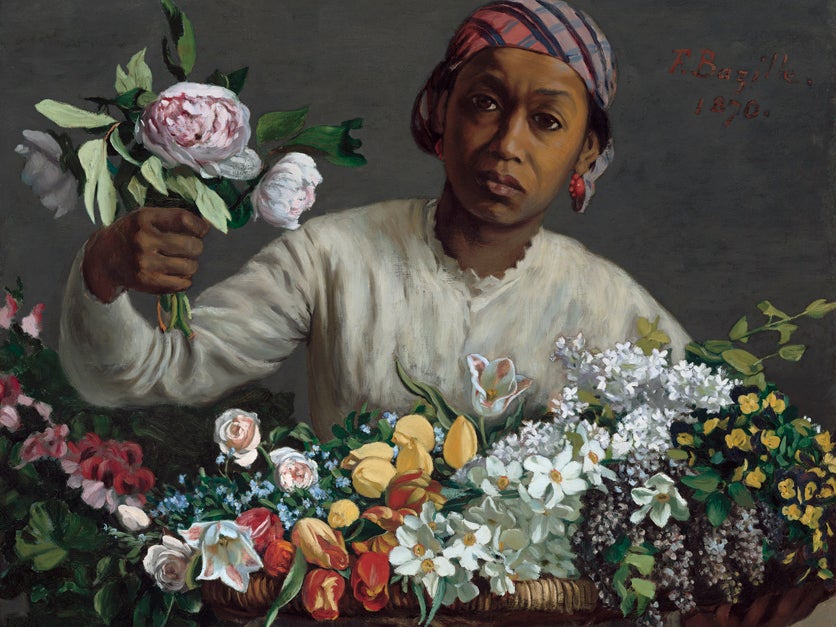
For Denise Murrell, the question was simple enough: Why are we ignoring the Black woman in the painting? Then a finance exec turned art history student, Murrell wanted to know who the Black maid was featured in 1863’s “Olympia,” by Edouard Manet. Her professor dismissed Murrell’s curiosity—which lit a fire that still burns in her today. Murrell began focusing her Ph.D. research on the unidentified Black women who appeared in priceless pieces by such artists as Théodore Géricault, Paul Cézanne and Henri Matisse, as well as the Black women who were identified but their stories never told in “Portrait of Madeleine,” by Marie-Guille mine Benoist, and “Aïcha,” by Félix Vallotton.
At first, art patrons were as uninterested as her professor had been. “When I sent out my funding applications, nobody even responded,” she recalls. “I didn’t even get rejection letters—I didn’t hear anything at all.” Then, through what Murrell describes as a series of “fortuitous circumstances,” her studies became her entrée into the hallowed halls of art history. Speaking from Paris, the Ford Foundation postdoctoral research scholar remembers the chain of events: Her dissertation chair was Anne Higonnet, a feminist art historian who’s own work centered on women artists who’d been left out of the canon.
I’m trying to put back these images and excavate their narratives.”
DENISE MURRELL
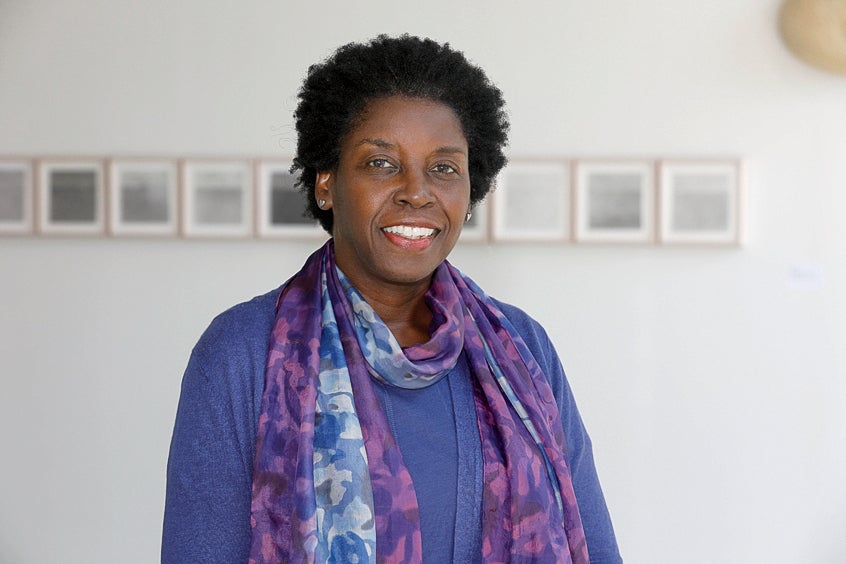
Murrell also connected with another advocate, Ford Foundation president Darren Walker. “Darren is one of those people changing the world on such a mega scale,” says Murrell. “If he had not become president of the Ford Foundation, this thing would have never happened.” This “thing” was the mounting of her first exhibit, Posing Modernity: The Black Model from Manet and Matisse to Today, at Columbia University’s Wallach Art Gallery in October 2018. Last March the show moved to the Musée d’Orsay in Paris. Renamed Black Model: From Géricault to Matisse, the show grew two and a half times in size, with new offerings, including a monumental loan of “Portrait of Madeleine” from the Louvre.
Black Models will be on display next at the ACTe Memorial in Pointe-àPitre, Guadelope, from September 13 through the end of the year. Murrell often thinks about the exhibit’s acquisition of “Portrait of Madeleine”: “You know, she sat in the Louvre for 220 years because nobody cared to look. Once there was the curiosity, you didn’t have to look very far to find her. She’s just so obvious. I’m trying to put back these images and excavate their narratives.”
Below, a selection of art Murrell has curated in her in exhibit Black Models.
